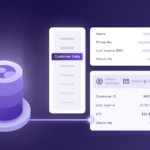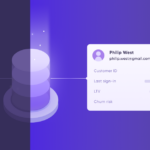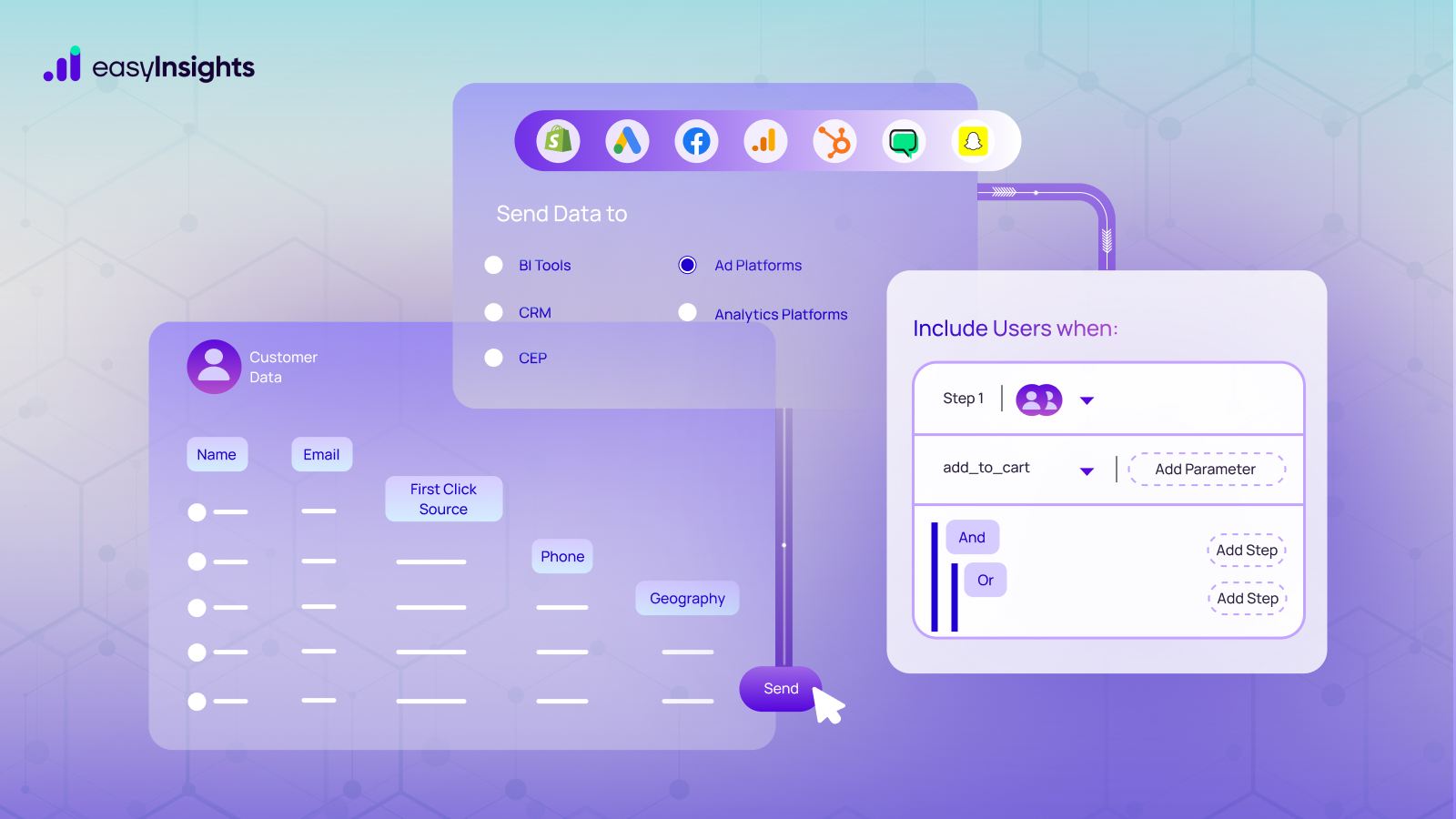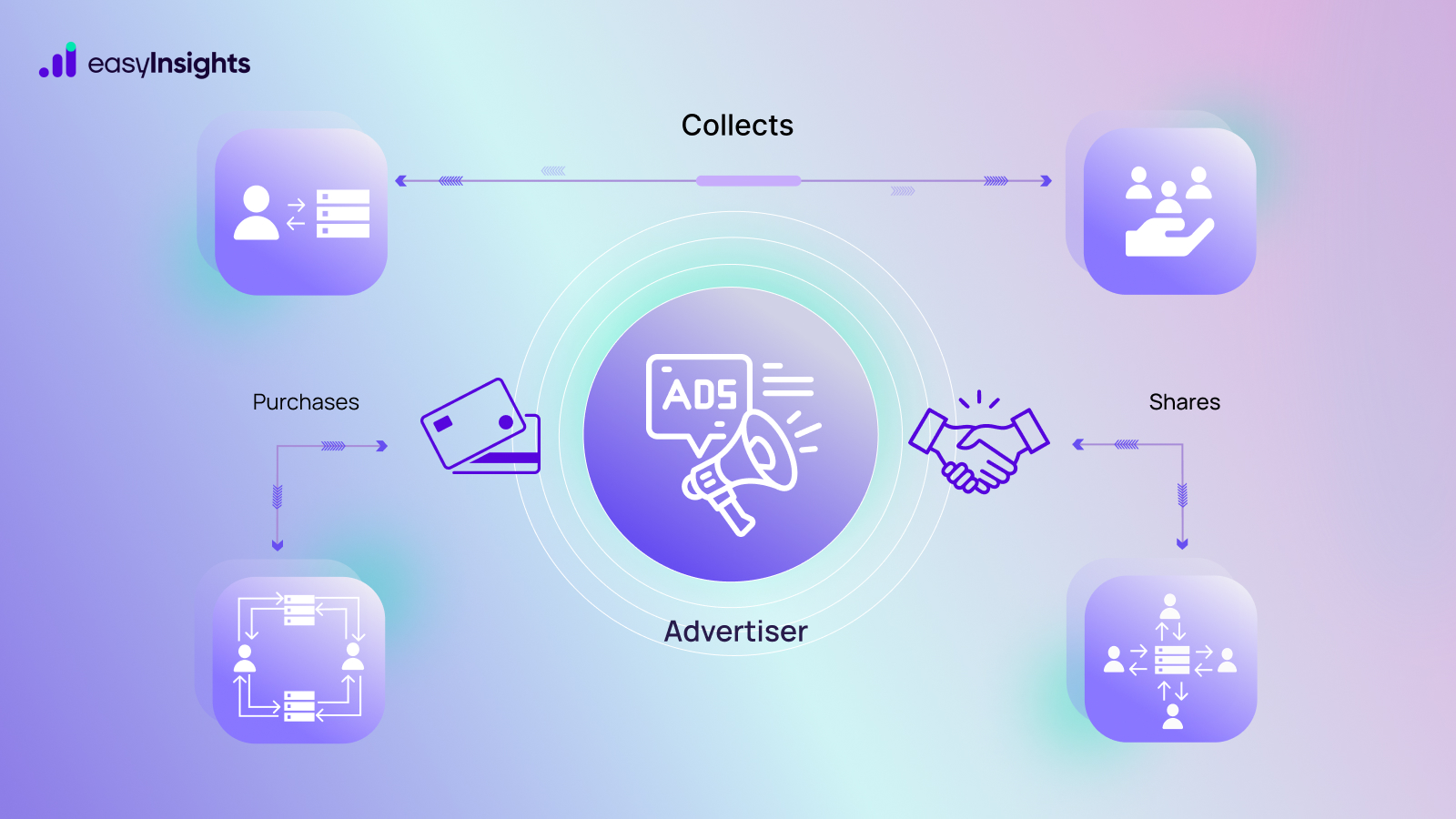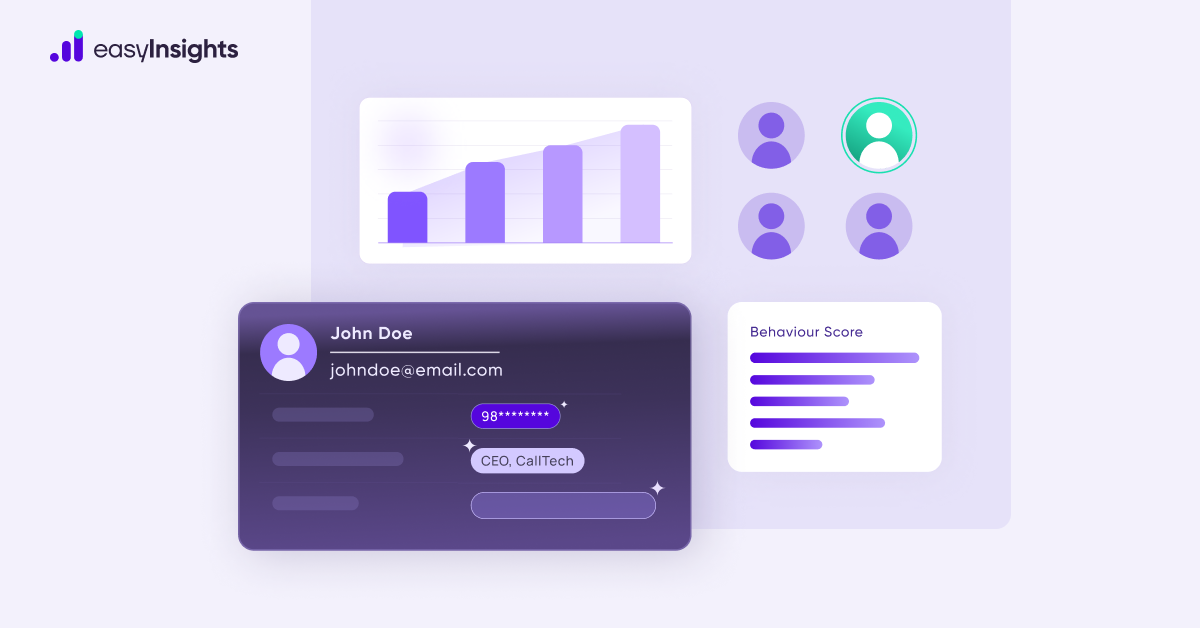
88% of marketers believe that first-party data is more important to their operations than it was two years ago. Its relevance and need will only increase as we witness Google shun third-party cookies, making them history by the end of 2024. But as brands make this shift and begin collecting data themselves, they also need to facilitate identity resolution. After all, if you’re sourcing customer data across platforms, you’re getting a wealth of data. But if you’re unable to link activity to specific customers, it’s all for nothing. Identity resolution is imperative to understanding your customers.
And the best part? Its usefulness doesn’t stop at simply differentiating your customers and collating data. Its benefits go beyond that and can help you supercharge your marketing efforts in a variety of ways. And here, we discuss these and more.
- Create a Multi-Device Customer Journey
Chances are you’re executing a multi-channel, multi-device marketing strategy to reach your audience. This is not just a bonus move but a very real need when your customers function across devices and platforms. After all, you have to meet them where they are. And if they’re everywhere, that’s where you have to be, too.
With identity resolution, you can determine how many devices a customer uses and then track and target them across those. This gives you better insight into your customer’s device preferences and behavior. Even if a user remains anonymous, being able to link multiple devices to a single user can help you execute personalized campaigns and improve your chances of converting them.
- Define and Map Your Customer Journey
Identity resolution helps you improve your analytics by giving you a 360-degree view of your customers. Extracting insights from such comprehensive data allows you to understand how your customers perceive your offering, interact with your marketing activities, and more.
You can also use it to create an identity graph. This is a table in your database that helps you link unique customer identifiers and events to one user profile. This, in turn, allows you to associate behavioral and past actions with specific customers.
What do you get from this? A complete and detailed view of each customer’s journey. Gaining this powerful view helps you understand all your customers’ touchpoints, which campaigns worked, which didn’t, and more. Leveraging this information can help you make better retargeting decisions and keep them hooked in the long run.
- Create Personalized Customer Experiences
‘Personalization’ might as well be the golden word at this point. McKinsey & Company finds that 71% of consumers expect personalization, while 76% get frustrated when they don’t find it. The era of spray and paint has passed, and marketers looking to survive today must customize their brand experience.
Identity resolution helps you personalize your campaigns. You can now launch targeted ads and customize customer website experiences based on their activities across platforms, touchpoints, and devices.
For instance, if you have an e-commerce company, you could retarget users who have abandoned their cart with ads across platforms, nudging them back towards making a purchase. At the end of the day, the power of identity resolution doesn’t lie in gaining a customer 360 but in how you leverage that centralized view to deliver better campaigns.
- Improve Interactions with Customers
It’s important to know when an existing customer interacts with your ads and landing pages. This is especially imperative since it’s virtually impossible to foresee which marketing channel your customer will use to engage with your brands at a given time.
But with identity resolution, you can pin point customers and offer contextually relevant interactions, improving their experience with your brand.
A great example of this is Starbucks. The coffee company offers proximity alerts to mobile users and shares announcements of offers and sales. You can do something similar whenever your customer interacts with your brand to keep them engaged and further them toward a purchase.

- Improve Marketing Spend with Attribution
We agree that analyzing marketing channels, campaigns, or touchpoints to understand which ones should be credited with converting a prospect is not an easy task. But identity resolution can help you get a closer look.
By linking engagement across platforms and touchpoints, you can understand which ads and campaigns resonated and elicited a positive response from your prospects. This allows you to get a detailed view of which ads were successful in gaining your audience’s attention and which ones failed.
For instance, let’s say a user clicks on your ad and visits your product page but doesn’t make a purchase. You can record that data and associate it with that user ID or other information like an email address. When they return to your site and make a purchase, you’ll be able to link their past touchpoints to their current purchase and gain insight into which ads were instrumental in their conversion.
- Identify and Monitor Unusual Customer Activity
One of the most significant challenges faced by online businesses is not being able to identify when customer accounts and financial details have been compromised.
Identity resolution can help you in this by detecting fraud. With a 360-degree view of your customer, you can set alerts that notify you of particular behavioral shifts at both the user and account levels. This helps you spot unusual activity and mitigate risk.
Not only that, but it also helps keep your customer’s financial information from getting misused, fostering a relationship of trust.
- Improve Customer Loyalty and Retention
Lastly, identity resolution can help you drive customer loyalty and retention by improving your customer experience. Research finds that 86% of buyers are willing to pay more for a great customer experience.
With identity resolution, you understand every customer more thoroughly and are better positioned to offer superior experiences and increase their chances of returning. This is especially important, as the above-quoted study also finds that 32% of customers say they will turn their back on the brand after a single bad experience.
Identity resolution gives you the A to Z on every customer, empowering you to ensure their experience with your brand doesn’t get sour for a second.
Identity Resolution and Entity Resolution
When discussing identity resolution, it’s important to touch upon its sibling-entity resolution. These are sometimes considered synonyms but are, in fact, two wholly separate concepts.
As you know, identity resolution refers to attributing online activity and data from various sources to one specific customer. It involves identifying and collating all relevant data about an individual customer, such as name, contact details, email address, etc., and linking it together to create a unified view of the customer.
Entity resolution, on the other hand, refers to removing duplicate records of the same customer. This involves comparing and matching attributes mentioned above to help ascertain whether they belong to the same customer. If that’s a yes, the records are merged into a single representation of the customer. If that’s a no, the data will be linked to the concerned customer through identity resolution.
Additional read: How Data Activation Will Transform Performance Marketing In 2024
Streamline Identity Resolution with EasyInsights
As discussed above, identity resolution can help you in various ways. But getting started with it can seem like a behemoth task, especially when you have to choose a suitable tool for the job.
This is where EasyInsights’ Composable Customer Data Platform (CDP) comes in. As against a standard CDP, this is an unbundled solution and allows you to integrate only those capabilities of a CDP that your current tech stack doesn’t support. For instance, you might have a fully functional data warehouse, so why should your CDP have one, too? A composable CDP will allow you to continue utilizing your existing warehouse and manage all other functions such as ETL, Reverse ETL, identity resolution, privacy compliance, etc.
In the process, allowing your team to continue working with the tech stack they’re already familiar with and offering you a cost-effective alternative at the same time.

Book a demo today to experience EasyInsights capabilities firsthand!
Additional read: Why do B2B Companies need Composable CDPs?


